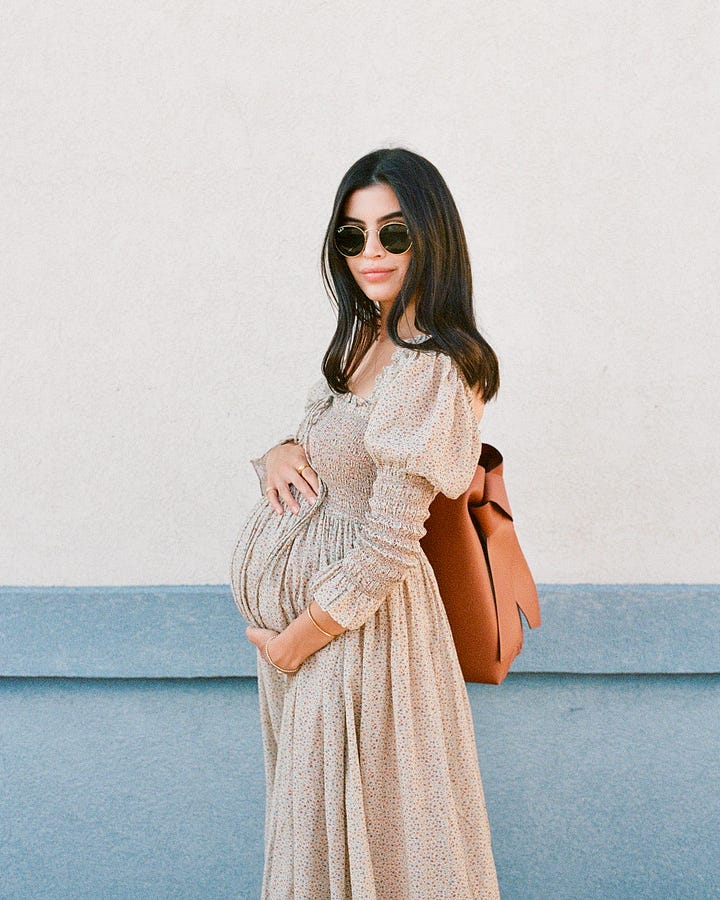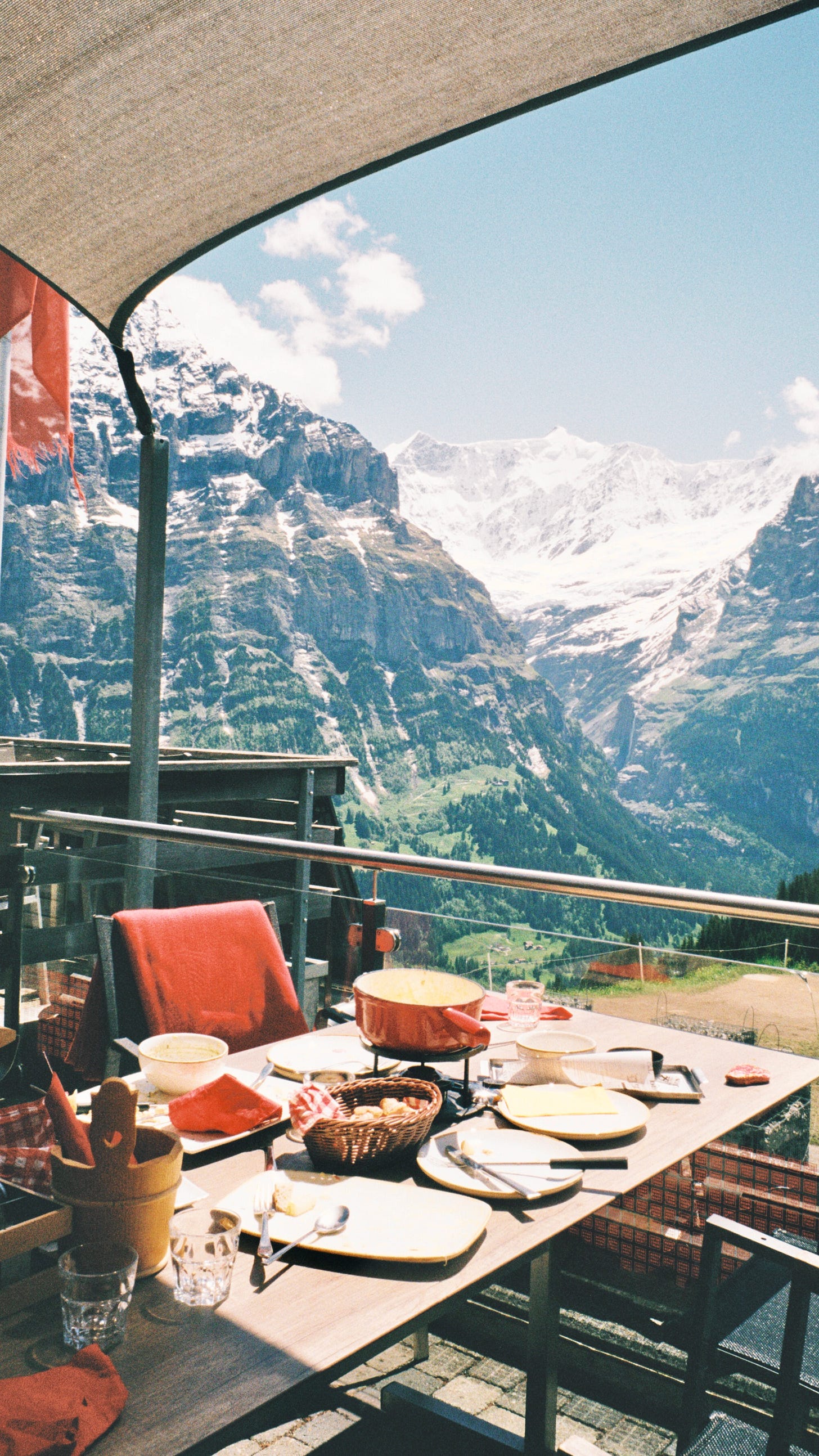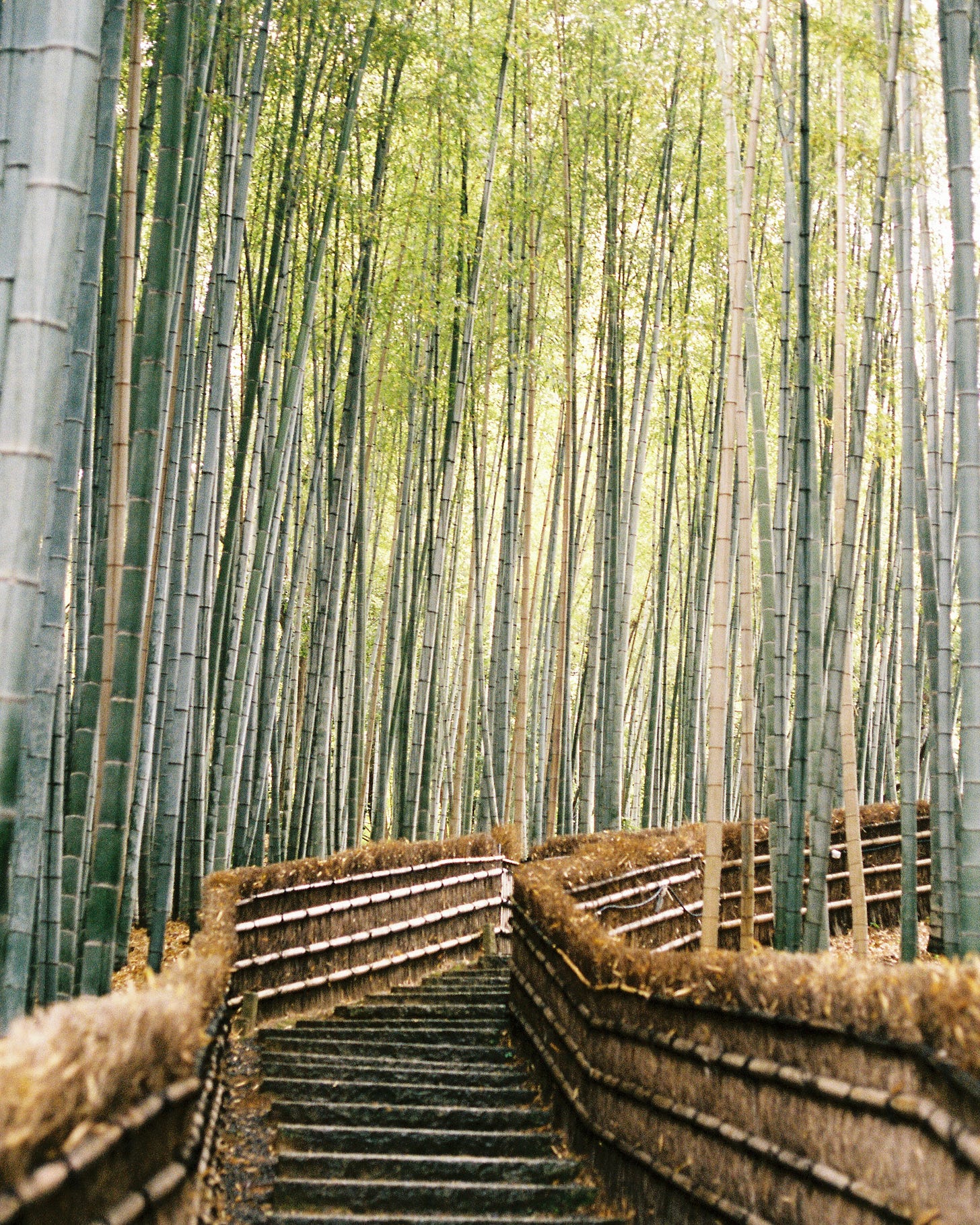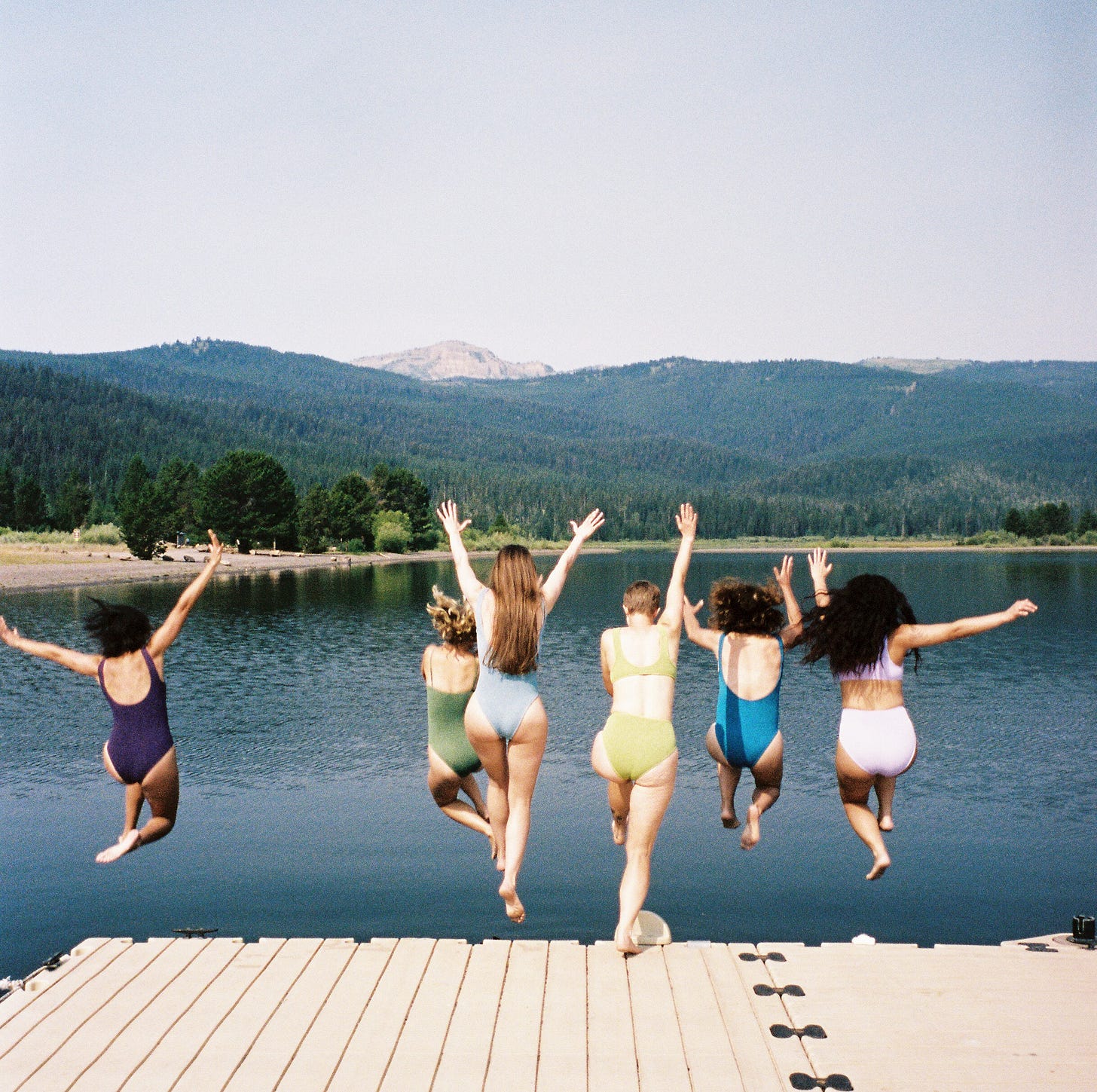How to avoid costly mistakes when shooting film
Four tips to accelerate your growth as a film photographer
1. Start with a camera you know works. (duh!)
This sounds simple, but in a world where everything is second-hand, theses waters can feel murky. Sure, you can take a gamble and buy a camera at a yard sale or a second-hand store but you’re taking a risk that the camera may have issues like light leaks or a faulty shutter. You typically won’t find out these issues until after you’ve purchased the camera ($), shot through a roll of film ($), and paid to have it developed + scanned ($). We’ve made this mistake! Avoid the headache and buy from reputable sellers who either have a good return policy, or test their cameras beforehand.
My favorite sources to purchase used cameras are KEH.com, or an eBay seller that specializes in film cameras with lots (i.e. thousands) of positive reviews.
2. Invest in an external light meter.
Perhaps you already have a camera you love. If it’s not a point-and-shoot camera, I highly recommend buying a hand-held light meter. The cameras I photograph with have internal light meters, but those don’t always cut it. Here’s why:
Internal light meters take an average reading for the light in the full frame. External light meters give you a precise reading for your subject.
For example, let’s say you’re ending the day at the beach and want to take a portrait of your friend with the beautiful pinky-orange sunset in the background. You hold up your camera and adjust the settings to what the internal light meter suggests. Because it’s reading the light for the full frame, it will overestimate how much light is on your backlit subject. When you get your scans back, the sunset will look great but your friend will be very underexposed.
If instead you used an external light meter to adjust your settings based on the light directly on your friend, when you get your scans back they would be perfectly exposed and the lighting would be flattering on them.
This little tool will help you nail your exposure every. single. frame.


3. Go to an established lab for developing + scanning.
This is always a debate when getting started with film… do I save money on developing + scanning until I know what I’m doing, or do I spend the extra and ship my film to a bigger lab?
Here are my thoughts… It’s worth paying extra for a lab that knows what they’re doing, and takes time with your scans. This way, you’re not left wondering are these scans lackluster because of me or the lab?
When I first was starting with film I found a learning lab that only charged $9/roll (an absolute bargain, right?!) Wrong. I went to them for a few months and was disappointed every single time I got my scans back. Then I randomly tried a different lab and realized the issue wasn’t me or my equipment… I just had inexperienced scanning technicians.
4. Learn from others.
There is power in numbers. Whether you’re learning with a friend, in a school class, or within an online community (hello Substack!) you are sure to learn from others’ mistakes and find tips + inspo along the way. Consider this my shameless plug to upgrade to a paid subscription and join our community ;)








Good advice! I've recently started shooting film using a Canon AE-1, and my results came back yesterday, and I'm so happy about it!
Shooting film is really fun.
all good advices except the light meter. these days there's an app for everything including a light meter. most people have phones with them all the time, so having a light meter app means they will have a light meter with them all the time. my favourite app is "pocket light meter" and following my post (read all about it here: https://perfectlight.substack.com/p/the-phone-as-a-photographer-help) i have now another app called "lightme"